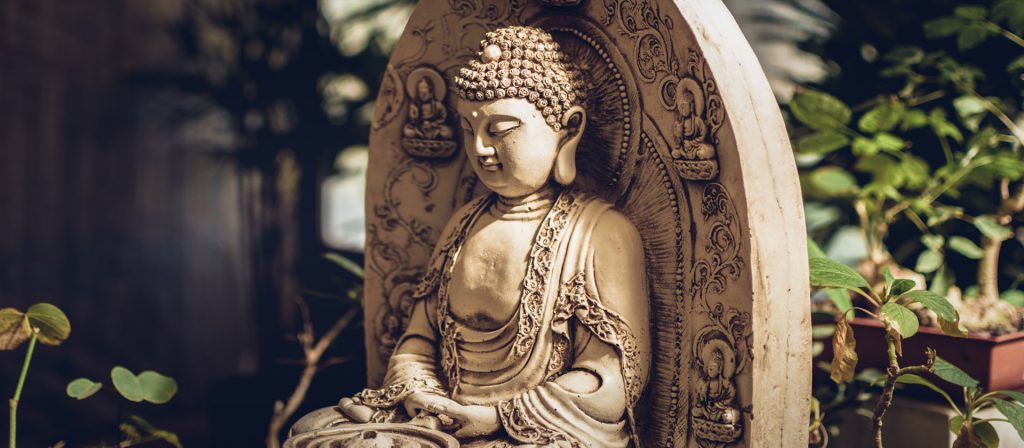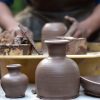Buddha Statues & Relevance
Buddhism is manifested in a variety of forms, beliefs and spiritual practices, largely based on original teachings attributed to the Buddha.
Buddhism widely followed in Asian countries, specifically in South East Asia is marked by 4 noble truths which paves path to Nirvana or liberation from endless cycle of death and rebirth.
The styles of Buddha statues may vary differently with culture and traditions yet can be recognised by mudras or hand gestures.
Dhyana Mudra
This mudra shows both hands resting on lap. The back of right hand is leaning on the palm of left hand. Often the thumbs are touching each other, forming the mystic triangle. This is the meditation mudra, which symbolises wisdom.
Abhaya Mudra
This mudra shows the right hand raised with palm facing outwards and the fingers upwards, while the left arm is next to the body. The Buddha can be depicted either in standing or seated position. The mudra is the gesture of fearlessness.
Bhumisparsha Mudra (Meaning touching earth)
This mudra is depicted in seated position with right hand resting on knee and fingers pointing towards earth.
Left hand rests on lap with palm facing upwards. This is the state of enlightenment.
Karana Mudra
The karana gesture has its index finger and little finger pointing straight upwards, while the other fingers fold into the palm. The karana Buddha can be depicted both seated and standing. The meaning of this gesture is to ward off evil and to get rid of demons and negative energy.
Buddha statue is considered auspicious for gifting and often used for decorative purposes.



